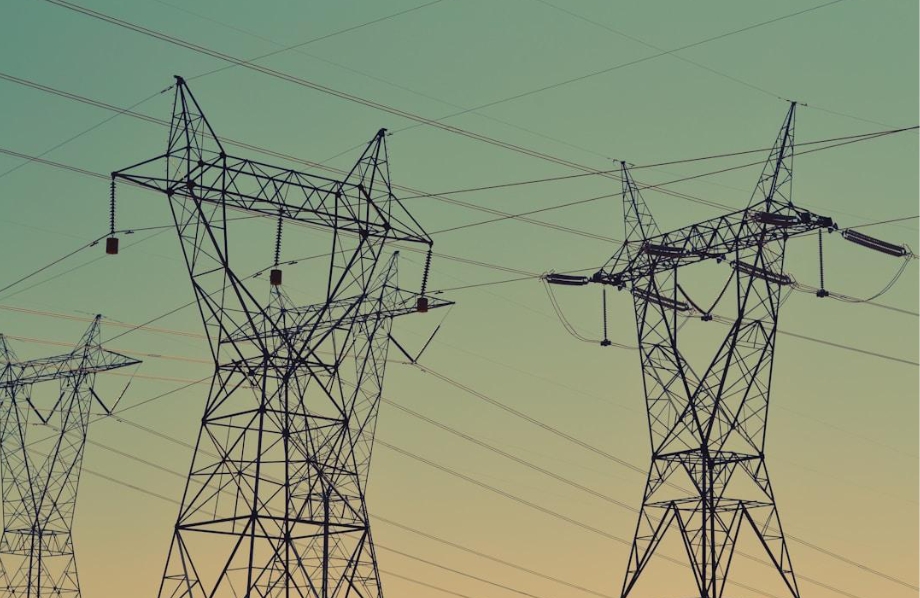Green hydrogen presents a compelling opportunity to enhance the utilization of renewable energy sources. Excess electricity generated by wind, solar, and hydroelectric facilities can be converted into hydrogen, enabling energy storage for periods of low production. This not only helps in stabilizing the grid but also maximizes the utility of renewable investments by reducing waste and balancing supply with demand.
The process of converting renewable energy into green hydrogen could radically alter the distribution of energy. With long-distance transport currently posing a challenge for electricity, hydrogen can be shipped or piped to wherever it’s needed, essentially decoupling production from consumption locations. As such, it can bridge the gap between abundant renewable resources in certain areas and energy scarcity in others.
Moreover, green hydrogen uses include serving as a feedstock for synthetic fuels. These e-fuels can be used in existing combustion engines, providing a carbon-neutral alternative to fossil fuels without the need for a complete overhaul of the current automotive or aviation technology. This creates an adaptive pathway for incorporating clean energy into transportation.
Green Hydrogen’s Role in Decarbonizing Heavy Industry and Manufacturing
Industries that have been perennially tied to fossil fuel use, such as steel and cement production, now see a glimmer of hope with green hydrogen. As a replacement for coal, especially in high-temperature processes, hydrogen can reduce the carbon footprint of these industrial behemoths. Its adoption does not only align with emerging policies and regulatory demands but also with a growing corporate consciousness towards sustainable operation.
The versatility of hydrogen in providing high-grade heat is pivotal for those manufacturing processes where electrification is not a feasible solution. The introduction of hydrogen as a main energy source in these sectors could significantly cut down the emissions associated with global manufacturing without compromising on the economies of scale these industries rely on.
Yet, the challenge remains in retrofitting or developing new infrastructure that can handle hydrogen production, storage, and utilization. Large-scale investments and advances in technology are required to assure the operational safety and economic viability of transitioning to hydrogen use in heavy industries.
The Role of Green Hydrogen in Enhancing Grid Storage and Energy Security

Energy security is a major priority for nations, and green hydrogen could play a substantial part in achieving a more robust and reliable grid. By offering a way to store surplus renewable energy, hydrogen ensures energy generation can meet fluctuating demand. This is particularly crucial as the share of intermittent renewable resources in the energy mix grows.
Furthermore, the modularity of hydrogen storage means that it can be scaled up or down depending on the needs of a particular grid system. Large-scale storage facilities can support national grids, while smaller systems could ensure resilience for local or even individual energy systems, enhancing energy independence and security.
Finally, by diversifying the energy storage portfolio with hydrogen, national grids can hedge against geopolitical risks associated with fossil fuel dependence. In contrast, the decentralized production of green hydrogen contributes to a more democratized energy landscape, where each region has the potential to be self-sufficient in its energy supply.
Altogether, the applications of green hydrogen are as diverse as they are critical for achieving a sustainable energy future. From heavy industry to everyday heating, the prospects of this clean energy carrier are immense, even as challenges persist. Our commitment to innovation, policy evolution, and international cooperation will shape the role of green hydrogen in our pursuit of a carbon-neutral world.




